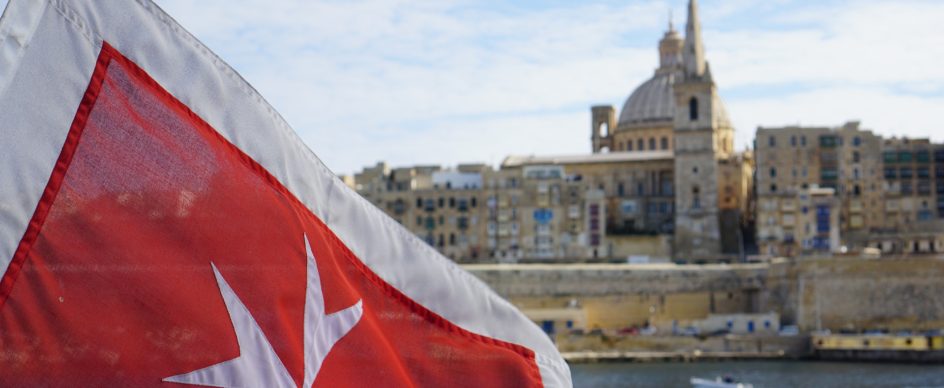
The British Period’s Influence On Modern-Day Malta
- Nov 28, 2020
The once, all-encompassing empire left its mark firmly on Malta...
The British Period in Malta is one of the most significant and impactful eras of the archipelago’s history.
Malta served as a strategic stronghold for the British, from where they could oversee the Mediterranean and orchestrate trade and military attacks. The islands played a pivotal role in the First and Second World War – leading to Malta being coined the “Nurse of the Mediterranean” and being awarded the “George Cross” by King George V for the citizens’ bravery during wartime.
Despite Malta’s independence in 1964, the islands still form part of the Commonwealth and still enjoy a special relationship with the UK and other Commonwealth countries.
The once, all-encompassing empire left its mark firmly on Malta, and foreigners and locals alike can still witness the British Empire’s legacy. Let’s have a look at the British elements that still characterise the islands to this day.
The Old Barracks
The British-built town of Pembroke houses the old military barracks, which the British Army and Royal Marines used during the two world wars.
Pembroke Garrison was built around a Victorian fortification. This Garrison was a bonafide, military training ground as it included a gun emplacement, a tented musketry camp as well as rifle ranges and training areas. This infrastructural expansion was carried out in four phases between the 1800s and the 1900s, culminating in St. George’s Barracks, Fort Pembroke, St. Andrew’s Barracks and St Patrick’s Barracks.
The legal, education and political system
As a parliamentary democracy within the Commonwealth, the Maltese legal system is one of the pillars of the country’s democratic system.
While the legal system is based on the Napoleonic Code, it has been influenced by its British counterpart and has several key characteristics of the English Common Law.
The education system also follows the British education model of pre-primary (3-5 years old), primary (5-11), secondary (11-16) and tertiary education (16+). Both English and Maltese are spoken in class and on the playground, and most subjects are taught in English.
Various national museums and iconic buildings
The British Period in Malta led to the renovation of 6 museums that are still standing to this day. The national agency for museums, conservation practice and culture heritage – Heritage Malta – is now responsible for the following British-era museums, namely: The National War Museum, Maritime Museum, Malta At War Museum, Lascaris War Rooms, and Aviation Museum.
Other iconic buildings include the majestic fortifications, which serve as a modern-day testament of Malta’s military past as part of the British Empire. These include Della Grazie Battery, Spinola Battery, Garden Battery, Wolseley Battery, Pembroke Battery, Victoria Lines, Fort Campbell, Lascaris War Rooms and Fort Benghisa – to name but a mere few.
Cultural influences
Other significant British mannerisms and elements that have been adopted by the Maltese include driving on the left, the popularity of afternoon tea and tea in general, the use of English and Maltese-english in both informal and formal settings, the legendary English breakfast, the George Cross on the national flag, the notoriety of British football teams, the red letterboxes and telephone boxes and English street and village names.




